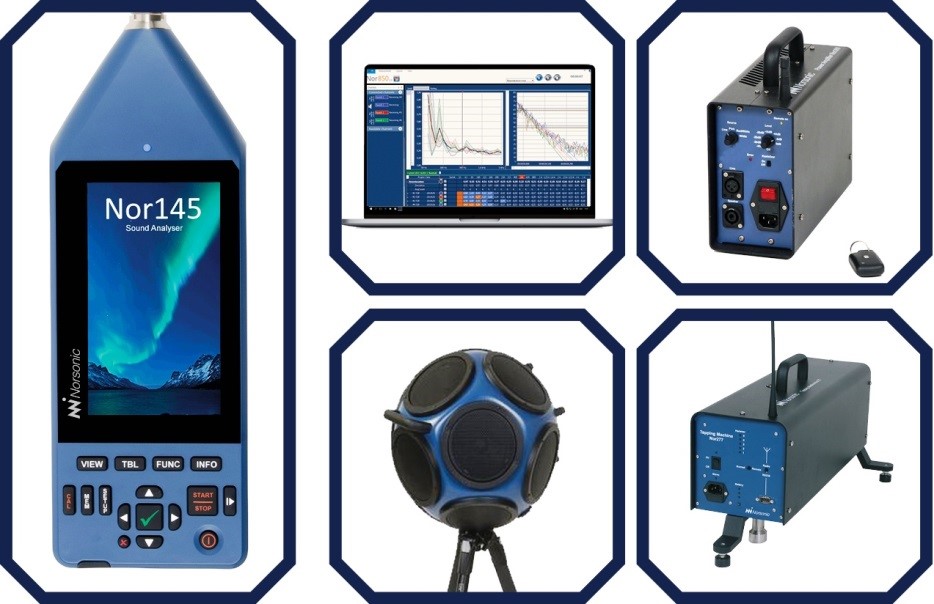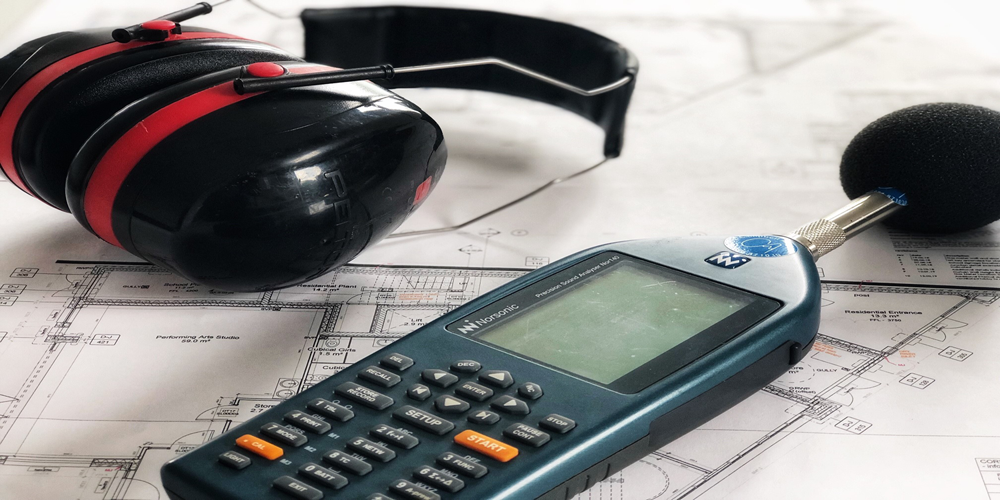
UKAS Accredited Sound Testing
The need to carry out sound insulation testing to assess and report the acoustic performance of dividing partitions between dwellings has become increasingly important in order to demonstrate that a building’s intended performance is achieved when constructed.
Poor design detailing and/or onsite construction can have a significant impact on the overall performance of building elements and the building as a whole. Post completion sound testing provides greater certainty that designed performances are actually being achieved in compliance with Approved Document E.

Precompletion Sound Testing is now an integral part of supporting the completion certificate process throughout the UK and Ireland. In order to ensure that testing is undertaken within a robust regime which controls the reliability of test results, government guidance is in place which describes restrictions on those who should carry out sound testing and reportage.
Approved Document E states a set of sound tests should be carried out for every ten dwellings (houses, flats or rooms for residential purposes). However, if the development has several different construction types, you may need to carry out further tests for each type of construction.
For houses this usually means you are required to undertake 2 airborne wall sound tests (up to 10 houses) to the dividing walls. For flats you will be usually be required to undertake 2 airborne wall, 2 airborne floor and 2 impact floor tests (up to 10 Flats). When we undertake a fee proposal for clients, we always include a full testing schedule so it can be submitted to building control for their approval prior to the test date.
One of the stipulations of Approved Document E is that the testing company needs to be UKAS accredited, this is covered under the Resistance to the passage of sound: Approved Document E [ADE] it goes on to state that “The person carrying out the building work should arrange for sound insulation testing to be carried out by a test body with appropriate third party accreditation” and is downloadable at: https://www.gov.uk/government/publications/resistance-to-sound-approved-document-e.
APT Sound Testing is UKAS accredited to carry out sound insulation testing and is laboratory and as a result our reports will be accepted by building control – here is a link to our UKAS Sound Testing Accreditation: https://www.ukas.com/wp-content/uploads/schedule_uploads/00002/4340Testing%20Multiple.pdf
For future note we are also UKAS accredited to carry out Air Tightness Testing – here is a link to our UKAS Air Tightness Accreditation: https://www.ukas.com/wp-content/uploads/schedule_uploads/00002/4340Testing%20Multiple.pdf
If you would like more information on our sound testing service and/or other services please contact us now at: info@aptsoundtesting.co.uk or visit our website at www.aptsoundtesting.co.uk.
Alternately, if you would like more information on how to prepare for your sound insulation testing please download our sound test checklist.

